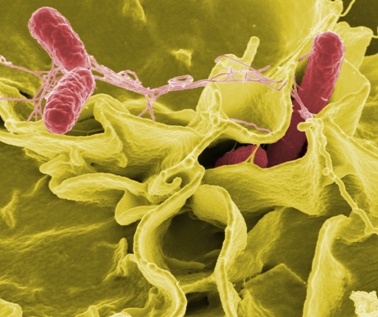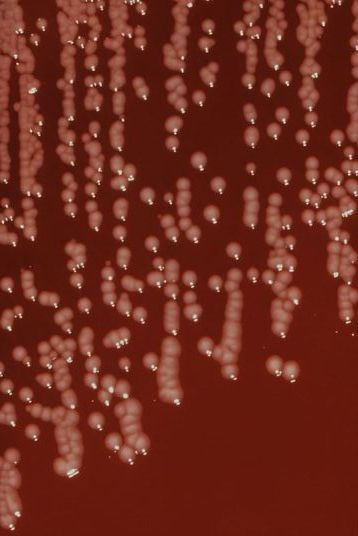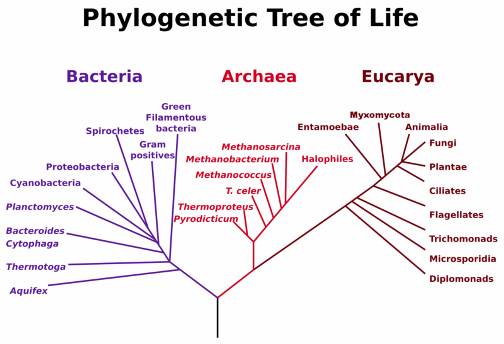What's Your Name?
Plesiomonas shigelloides- what does that even mean?
“Plesio” means neighbor and “monas” means unit, or single-celled, but in this case “monas” is actually referring to the genus Aeromonas. The genus Plesiomonas is closely related, or a ‘neighboring genus’ to members of Aeromonas. The second half of the name, “shigelloides,” came about when the organism was first discovered and was thought to have certain characteristics in common with Shigella, but differed enough to belong to a separate genus.
Domain: Bacteria
Phylum: Proteobacteria
Class: Gammaproteobacteria
Order: Vibrionales
Family: Vibrionaceae
Genus: Plesiomonas
Species: Plesiomonas shigelloides
Domain: Bacteria
This domain of life includes a wide variety of unicellular prokaryotes, ranging from yogurt bacteria that we eat to flesh-eating bacteria to Neisseria menigitidis that causes meningitis. But these characteristics are similar to the domain Archaea. The main difference between these two domains is that Archaea contain distinctive ribosomal RNA sequences that differ from bacteria. Bacteria are also categorized by their lack of a nucleus and membrane bound organelles.
The phylogenetic tree shown above is based on RNA sequences to divide organisms between the three domains of life.
Phylum: Proteobacteria
A common characteristic among the Proteobacteria
is the layer of peptidoglycan on their cell walls, which makes them
gram-negative. Most bacteria in this group are also motile, either
via flagella or via gas vesicles. Proteobacteria are sometimes
referred to as ‘purple bacteria.’
Class: Gammaproteobacteria
These organisms are chemoheterotrophic. Some organisms in this classification are parasitic. Most are motile, and some are flagellated. Many organisms in this group have medical or economic importance. Other organisms belonging to this group include ice-nucleating bacteria, Vibrio cholerae which is responsible for cholera, E. coli, and Salmonella typhimurium (shown to right).
Order: Vibrionales
Organisms categorized in this order are typically motile, gram-negative, and non-spore forming. Additionally, they are oxidase-positive and reduce nitrates. Most species are found in aquatic environments and some are pathogenic.

Tree made by author representing the classification of Plesiomonas shigelloides based on amino acid sequences.
Family: Vibrionaceae
This family is known for being rod-shaped, polarly flagellated, facultatively anaerobic, and cytochrome oxidase-positive. Now, what does that all mean? Polarly flagellated means that the flagella are at a pole of the cell. Learn more about this in the adaption page. Facultatively anaerobic means that depending on how much oxygen is present in the environment, the organism can switch between aerobic respiration and anaerobic respiration. Cytochrome oxidase-positive refers to the ability to use oxygen as a means of producing energy (aerobic respiration).
Genus & Species: Plesiomonas shigelloides
Being that Plesiomonas shigelloides is the only species within the genus Plesiomonas, the specifications at these two levels are the same. This organism is classified as being chemoorganotrophic (check out nutrition page), straight rod-shaped as opposed to having curved rods, gram-negative, facultatively anaerobic, oxidase-positive, motile, non-spore forming and polarly flagellated. This bacterium is also lysine and ornithone decarboxylase positive, arginine dihydrolase positive, and ferments sugars without producing gas. To learn more about the characteristics of this organism, head over to the adaptation page.
To find out where this bacterium can be found in the world, check out the habitat page!


